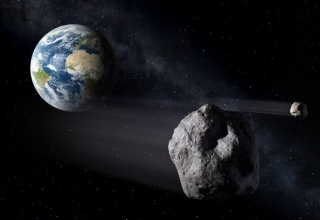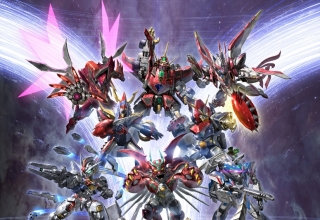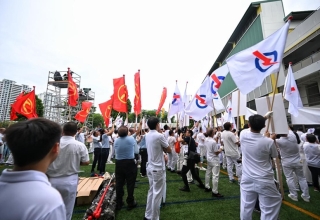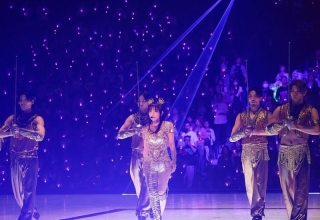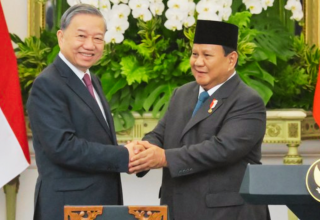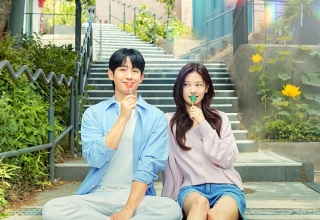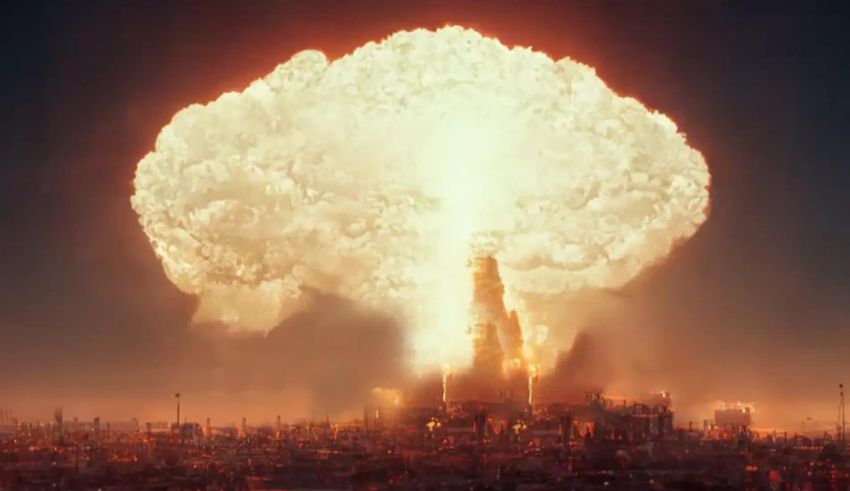
Last updated on July 15th, 2024 at 09:14 pm
A sobering reminder of the terrible power mankind can unleash are the atomic bombings of Hiroshima and Nagasaki in 1945. Although the bombings themselves are indisputable historical truths, personal accounts help one to better grasp their human cost and long-lasting effects. Here, movies provides an emotional link to the events that words alone often cannot communicate, therefore offering a strong prism through which one might approach this tragedy.
Bearing Witness: Documentaries and Animated Retellings
Discovering the Devastation: Hiroshima (1953), Real footage and fictional stories are combined in this innovative Japanese docudrama. It shows the physical and psychological impact on common people without holding back on the horrifying results of the bombing. Presenting a real and honest look at the early aftermath of the bombings and the great impact on those who survived, Hiroshima reminds us sharply of the human cost of war in the atomic age.
From a child’s point of view, Barefoot Gen. 1976, Approaching more personally, this animated short centers on the experiences of survivor of the Hiroshima bombing manga artist Keiji Nakazawa. From a child’s perspective, we see the instant anarchy and the long-term difficulties in reconstructing a life among the wreckage. Emphasizing the resiliency of the human spirit in the face of unthinkable hardship, Barefoot Gen presents a visceral and vivid viewpoint on the effects of the bombings on citizens. Although the animation technique is approachable, it does not hold back in showing the terrible reality the survivors must live with, therefore it is a moving and instructive tool for viewers of all kinds.
Beyond the Bomb: Investigating the Human Remark
1989 Black Rain – Shohei Imamura’s Palace d’Or-winning movie probes further into the life of Hiroshima survivors. Years following the bomb, they struggle with the aftereffects of radiation poisoning both physically and mentally. Capturing the dread, sorrow, and resiliency of people compelled to live with the consequences, *Black Rain* is a chilling investigation of the long shadow of the bombs. The film’s thorough depiction of the everyday hardships and ongoing trauma experienced by the hibakusha—bomb-affected people—offers a grim view of the long-term effects of nuclear war.
A Meditation on Memory – Hiroshima mon amour (1959) Alain Resnais’s iconic French New Wave work is a poetic inquiry of war and memory rather than a documentary. With eerie images of the city’s devastation, the movie threads the tale of a French woman and a Japanese man in post-war Hiroshima. *Hiroshima mon amour* asks viewers to face the complexity of memory and the aftereffect of conflict. human stories set against the collective memory of the bombs reminds us strongly of the way historical pain entwine with human experience.
More Than Just Entertainment: Request for Understanding
These movies are not only entertainment value; they also represent essential historical records and monuments to human pain. Their facing of the atrocities of the Hiroshima and Nagasaki bombings helps us to remember the terrible results of conflict and the need of peace. These movies are a call to remember the past, grow from its errors, and pursue a future free of nuclear weapons. They underline the pressing need of world disarmament and the development of worldwide cooperation in order to avoid such catastrophes ever happening once more.
These Movies’ Educational Effects
Apart from their creative and emotional worth, these movies have great teaching power. They give newer generations a way to interact with history on a deeper level—above textbooks and lectures. These movies can help teachers start conversations about the ethics of war, the human cost of technology developments in conflict, and the need of remembering history to help to prevent the worst of its iterations repeated. Teachers can help their students to develop critical thinking and empathy by including these movies into their courses, therefore guaranteeing that the lessons of Hiroshima and Nagasaki never go forgotten.
Ongoing Discussion
Examining these great cinematic masterpieces helps us to keep the discussion on the effects of nuclear weapons and the continuous initiatives to support peace and disarmment active. These movies provide a basis for more general debates on world security, the morality of war, and the function of narrative in honoring past events. Engaging these movies and the stories they convey will help us to commemorate the memory of those who suffered and advance a more fair and peaceful society.
Ultimately, the movies showing the bombings of Hiroshima and Nagasaki are vital tools for educating, memorializing, and campaigning rather than only creative creations. They inspire us to learn from the past and create a better future by reminding us of the great human cost of conflict and the continuous need of peace.

